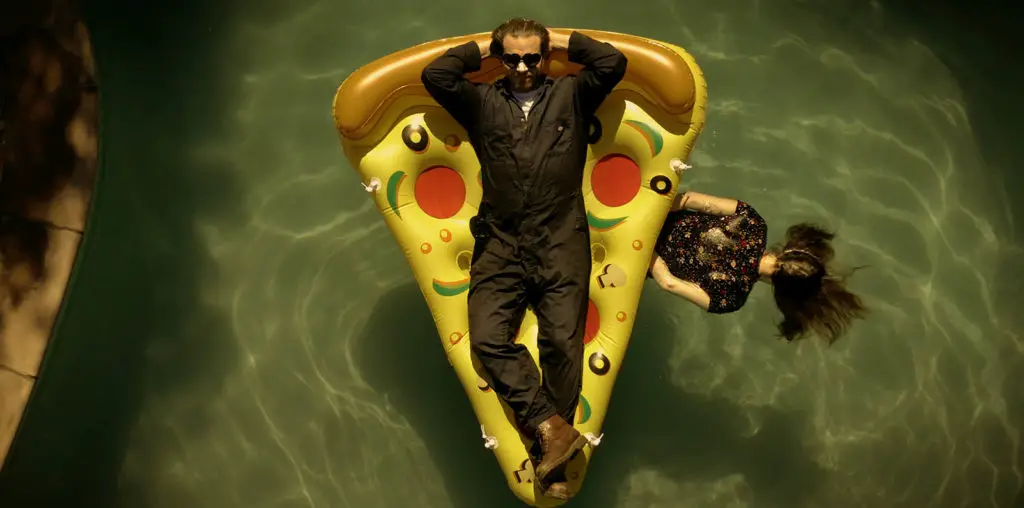
Let’s just forget any illusions of objectivity here. Beginning in 1990, I spent 8 1/2 years in San Francisco and am all too familiar with more than one generation of that city’s rave scene, underground or otherwise. I also have more than a passing familiarity with one of the scene’s most notable elements, the illegal drug MDMA, better known as “ecstasy”.
The new movie “Groove” was written and directed by someone also intimately familiar with such things, first time filmmaker Greg Harrison (no, not the guy from “Trapper John, M.D.”). In what is basically an update of “Thank God, It’s Friday”, all action takes place in a single night around mostly one location. That location is an empty warehouse in San Francisco’s South of Market district appropriated by a group of rave promoters. Once the site is secure, a mass email alerts the regulars of the night’s event. Who will attend?
Colin Turner (Denny Kirkwood) sees the night a chance to pop a surprise on his girlfriend Harmony (Mackenzie Firgens). After a night of drugs, he may have more than one. Colin enlists the support of his straight-laced brother and frustrated writer, David (Hamish Linklater). David is the neophyte stand-in for the uninitiated audience. David is introduced to much more than his first rave, including longtime New York raver, Leyla (Lola Glaudini).
Will David find love? Will Harmony find Colin? Will that gay couple ever find the rave? All of these questions and more will be answered and none of them would matter unless this film could successfully evoke the experience of a real rave. To accomplish this task, the filmmakers would have to be true believers, but ones with their eyes wide open. Thankfully the team led by Harrison seem to be just that. They are alert to both the possibilities and the dangers of both the drugs and the scene itself. Kids both discover and lose themselves in this culture (occasionally at the same time) and seemingly every scenario was on display, particularly every conceivable biological and behavioral quirk caused by ecstasy.
Team Groove also realized that one of the most important elements is the music, and a real-life group of local and global DJ’s are on hand to demonstrate what they can do, led by international superstar John Digweed. The music had to be current, representative, and top of the line to propel the image of the communal experience.
One of the most important aspects, and probably one of the drawbacks, is the film’s level of authenticity. Nearly every detail present spoke to my experience. When I viewed the film in a makeshift press theater as Sundance, you could readily identify every person in the audience that had been to a rave, done the drugs, and/or was from San Francisco. The film is so specific that I wonder how a non Bay-area viewer will react with the variety of provincial humor and touches that are present. It’s not enough to alienate non-initiates or non-residents of northern California. The overall effect does create a very specific time and place. Like others, it definitely made me regret afterwards that I was stuck on top of a mountain in Utah in the middle of January. This is a good film, maybe even a great film. I realize that I’m a bit biased, but I could see an awful lot of heads bouncing to the music. Any film that provokes a lot of involuntary movement in its audience has got a lot going for it.

